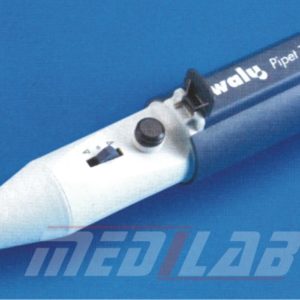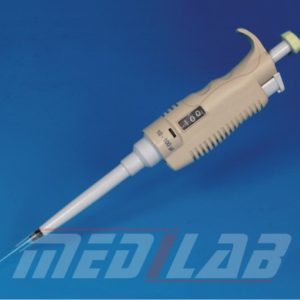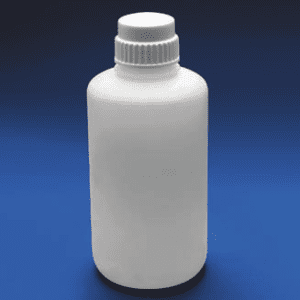Description
| Catalog No. | Capacity | Pack of |
| 12040/1 | 50 mm | 36 |
| 12040/2 | 75 mm | 36 |
| 12040/3 | 100 mm | 36 |
| 12040/4 | 125 mm | 12 |
| 12040/5 | 150 mm | 12 |
The MEDILAB Petri Dish, PP, is a high-quality laboratory culture dish designed for microbiological studies, microbial growth, sample observation, and routine culture applications. Manufactured from premium polypropylene, it offers clarity, durability, and excellent chemical resistance. These reusable and autoclavable Petri dishes support consistent results, making them essential in research labs, pharma QC/QA, clinical diagnostics, and academic institutions.
Key Features
- Crystal-clear transparency for easy colony visualization and documentation.
- Unbreakable, durable PP construction ideal for repeated laboratory use.
- Autoclavable at standard sterilization cycles, ensuring safe reuse.
- Chemical- and heat-resistant material compatible with most culture media.
- Smooth internal surface promotes uniform microbial growth.
- Stackable design with stable rims for secure handling and storage.
- Lightweight, ergonomic, and easy to manipulate during plating procedures.
Material Specifications
- Material: Premium-grade Polypropylene (PP)
- Thermal Properties: Heat-resistant; autoclavable at 121°C
- Chemical Resistance: Resistant to acids, alcohols, mild solvents, and disinfectants
- Mechanical Properties: Unbreakable, rigid, warp-resistant
- Compliance: Manufactured according to international laboratory plasticware standards (ISO and ASTM guidelines)
Technical Specifications
- Available Sizes: As per the standard size table
- Dimensions: Precision-molded for uniform depth and diameter
- Accuracy/Tolerance: High-dimensional accuracy ensures reproducible culture conditions
- Calibration: Not applicable (non-measurement culture device)
- Packaging: Individually packed or bulk-pack options; sterile/non-sterile variants based on requirement
- Accessories Included: Lids supplied with dishes; ventilation options based on model
Handling & Precautions
- Handle with clean gloves to avoid contamination.
- Wash with mild laboratory detergent; rinse thoroughly before sterilisation.
- Autoclave at 121°C for 15–20 minutes; avoid dry-heat sterilisation.
- Do not expose to strong oxidising agents or temperatures exceeding PP limits.
- Stack carefully to avoid deformation and ensure consistent airflow.
- Store in a cool, dust-free environment to maintain sterility.
Applications
Ideal for:
- Microbiology labs for culturing bacteria, fungi, and other microorganisms
- Pharmaceutical QC/QA units for environmental monitoring and plate assays
- Biotechnology & life sciences research
- Educational & academic laboratories for practical training
- Clinical and diagnostic labs for routine microbiological testing
Plays a critical role in microbial enumeration, media evaluation, antibiotic sensitivity tests, and various culture-based research workflows.







